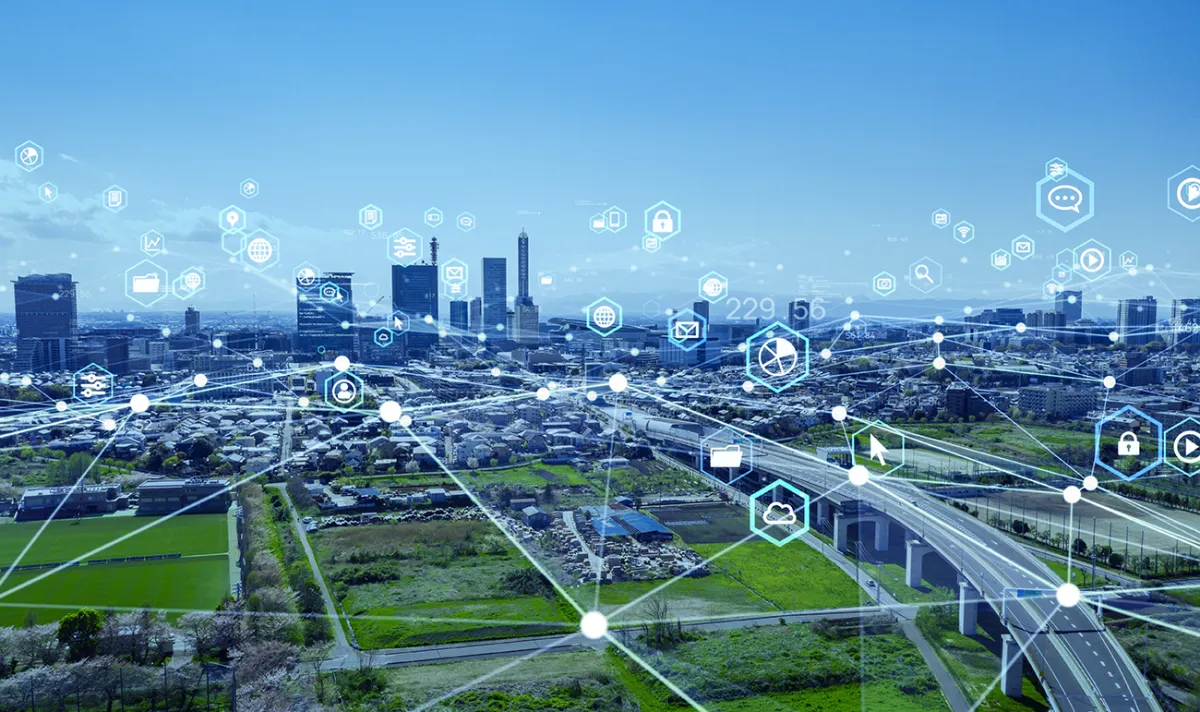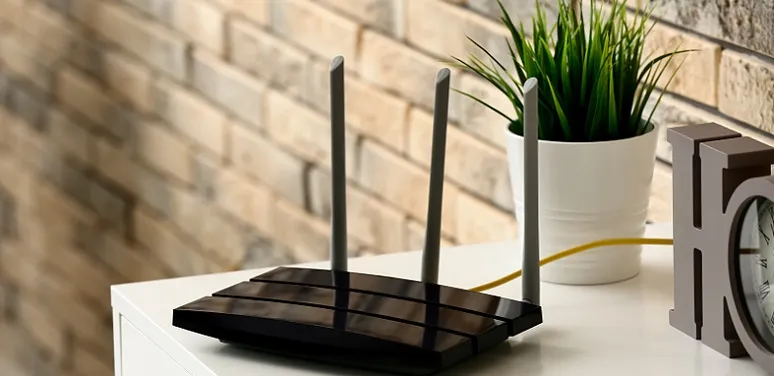Most Americans have probably heard of 5G and likely 10G, but there is a good chance they don’t know exactly what that means. Some may be surprised to learn that the “G” signifies something different in each. The G in 5G means “generation”, while the G in 10G means “gigabit”, and although the technologies are different, they will both be used in tandem to provide faster and more reliable broadband.
What is 10G?
In 2019, NCTA along with CableLabs, SCTE•ISBE, and GigaEurope announced the launch of the 10G platform, a combination of technologies that will allow faster symmetrical speeds over cable’s broadband networks. These multi-gigabit speeds are far in excess of what many home networks require today but provide the capabilities for whatever future technologies are coming around the corner. In addition, 10G will provide networks with greater security, more reliability, lower latency and more capacity to meet future connectivity demands.
Progress towards 10G is well underway as demonstrated by a recent CableLabs event which showcased how these superfast speeds are being engineered. Demonstrations by Charter and Comcast accomplished speeds over 8 Gbps and gave a peek into how cable ISPs will deliver multigigabit symmetrical speeds.
As the 10G future gets closer, it is important to note how this new technology works with, and how it is critical to, the 5G mobile networks that are rolling out across the country.
What is 5G?
5G refers to the fifth-generation of mobile networks and the technical specifications and standards created to enable the latest features. The first-generation technology created analog voice over mobile networks, the second-generation created digital voice, until 3G (when many became familiar with the technology thanks to smartphones) came along and offered mobile data alongside the early proliferation of smartphones. After 3G, the next generation of technology (4G) ushered in broadband speeds on mobile networks and now there is 5G, which is a further upgrade to the bandwidth and speeds available on mobile data networks.
But these upgrades would not be possible without the fixed terrestrial broadband networks like those operated by cable ISPs. The robust backbone that powers these wired networks is what bridges the gap between mobile data and the rest of the internet ecosystem. Without terrestrial networks, mobile networks would slow down and have difficulty delivering broadband speeds. Currently, 5G networks are fully operational, working with current fixed networks as they exist today. As they continue to get faster, this will serve to create more flexibility and more long-term potential to 5G due to the way mobile data travels over networks.
How does 5G work?
5G data carried between mobile devices takes a journey that involves several steps. The data’s first step, which happens over spectrum, i.e., airwaves, is a small portion of its trip. It travels from a mobile device to a cell tower, which itself is connected to a fixed terrestrial broadband network. The data spends most of its journey traversing fixed terrestrial networks, utilizing the robust infrastructure that ISPs have been investing in for decades. Then, once the data has traveled across a network it reaches another tower, where it is then relayed over spectrum again to another mobile device. In this way, both mobile and terrestrial networks work hand in hand to quickly and securely route data across networks, without any interruption to the user.
To learn more about the technology advancements that power 10G and what the platform can do, be sure to head over to the 10G website and read some past articles on the subject.








